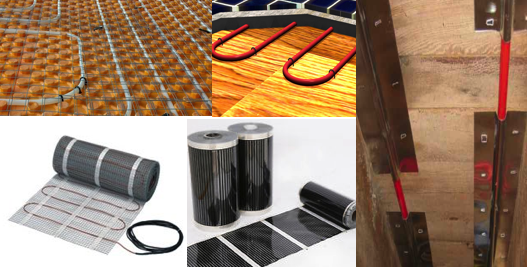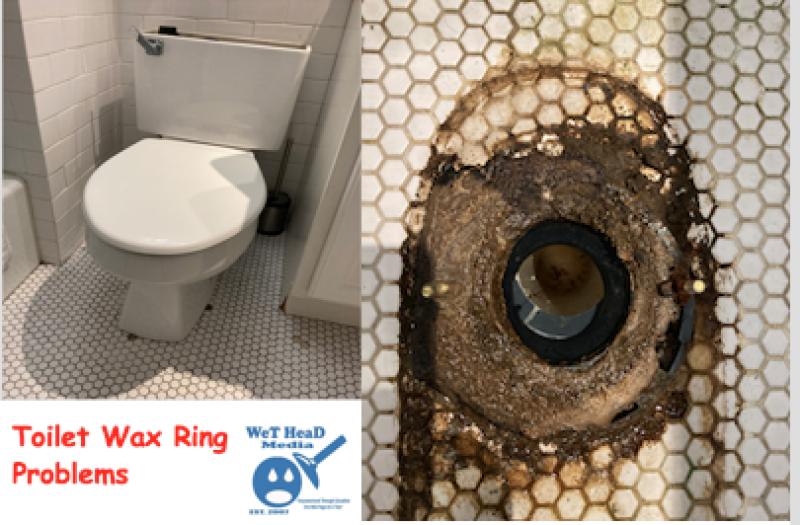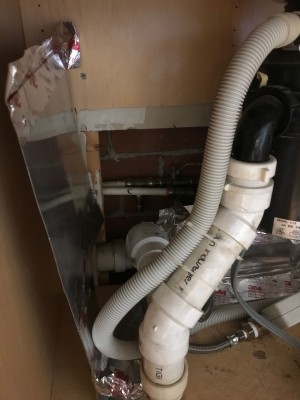Consider radiant underfloor heating system
With increasing concern about alternate energy resource and climate change, many American householders are considering efficient yet cost saving options when it comes to heating their own residential areas. Radiant heating systems are designed to supply a direct heat to the room floors or panels in the wall by taking advantage of radiant heat transfer mechanism. This way of delivering heat directly has many benefits such as:
– No concern of distributing allergens in the air, therefore people with allergies often prefer this. It is also very safe with babies and children as it won’t pollute the air.
– Water based hydronic systems use less electricity, therefore people living in high electricity prices area could benefit from this. The actual source of heating would come from the environmentally friendly heating systems that would include condensing boilers, solar power and heat pumps.
– Due to its architecture of the system that goes underneath of the floors, there would be no concerns of ruining appearance or blocking layouts of your home. This is a perfect option for open living plan for those who like to invite many guests at once.
– Also the efficiency of heat delivery is excellent as it uses lower flow temperatures as compared to traditional radiators in each room throughout the house. When turned on, the large surface area will be warmed with less heating needs.
– House will be much cleaner with less dusts on the floors or carpets. Also it is very safe with no exposed hot surfaces or sharp edges where people might get hurt.
– As compared with air duct system, it runs very quietly and can benefit most people with sensitive ears and those who want pleasant night time sleep.
 Types of Underfloor Heating
Types of Underfloor Heating
1. Electric Underfloor Heating
As compared to the typical electric radiant floors that have electric cables built into the floor, this system is installed right underneath of the floor with either thin electrical wire or mats of electrically conductive plastic mounted on the face of the floor.
Due to high cost of electricity bill, these electric radiant floor systems are usually beneficial only when they come with a significant thermal mass materials such as a thick concrete floor. Also you might want to check with your utility company if they offer time-of-use based rates. By using the system during off-peak hours, if you have used large size thermal mass on the floor, the heat stored inside will be able to keep the house warm for 8 – 10 hours without any further, consistant electrical input, and this will save your energy bills as compared to using the same system during the day time.
Electric underfloor heating system would also be good options when there is no way of extending the existing heating system into the new space, especially with old house of outdated heating system designs.
2. Hydronic (Water) Radiant Floors
Hydronic (liquid – typically water) systems are the most popular and cost-effective radiant heating systems that many builders would use or recommend to the home owners, whether it is a new build or extension of an existing system.
The system pumps out heated water that would circulate through pipes or tubing that are laid down under the floor. Notwithstanding its sophisticated architecture, some systems have separate zoning valves, pumps and thermostats that regulate and controll the flow of hot water through each tubing loop. This would significantly reduce the needs of unwanted room’s heating, thus saving extra cost.
This intricate network of polyethylene oxygen-resistant piping usually consists of flexible plastic tubing called “PEX”. The actual cost of installing this system would vary by location and the size of the home, as well as the type of installation and the floor.
As compared to the electric heating system, the lower operating cost is the main benefit of this hydronic system. This might suit for the house with large living room area or many rooms that need to be heated evenly. However the complexity of the entire system would add more cost upfront, because it will require a boiler, pump and gas lines and the actual hydronic system and regulators.
Despite all the positive advantages of having this radiant underfloor heating systems, there are some disadvantages to consider.
1. If the system is not designed properly, it might take longer to heat up the entire house than it would take with traditional way. This is hard to discover at the initial design phase, so going by professionals with many years of experiences would be the key.
2. Certain pieces of furniture should be relocated accordingly, not to damage after the system install. For ex, you would need to install an extra layer of insulation around the delicate piano in the living room.
While it is possible for any handy home owners to do everything as DIY project, this heating system is not as simple as it looks. Even though there are many resources and how-to videos available, it is always recommended to consult the professional contractors before tearing down the floor.



